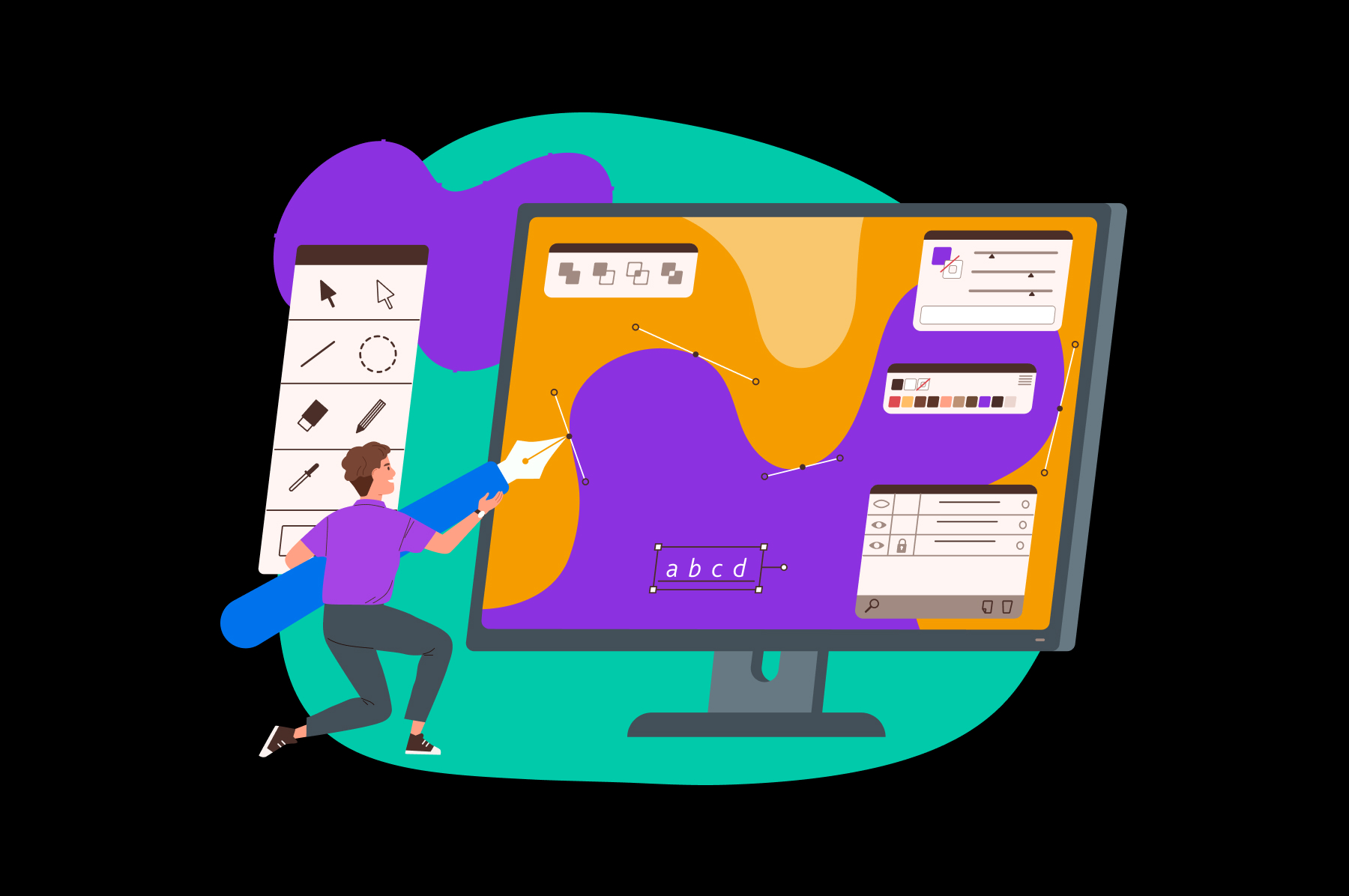What is an IDE?
An IDE (Integrated Development Environment) is a software application. It provides multiple facilities to computer programmers for software development. An IDE typically consists of at least a source code editor, build automation tools, and a debugger.

More About IDEs
Special Offer
Custom Website Design
Get a one-of-a-kind, mobile-friendly website that makes your brand truly shine. Share your vision with us and we'll take it from there.


